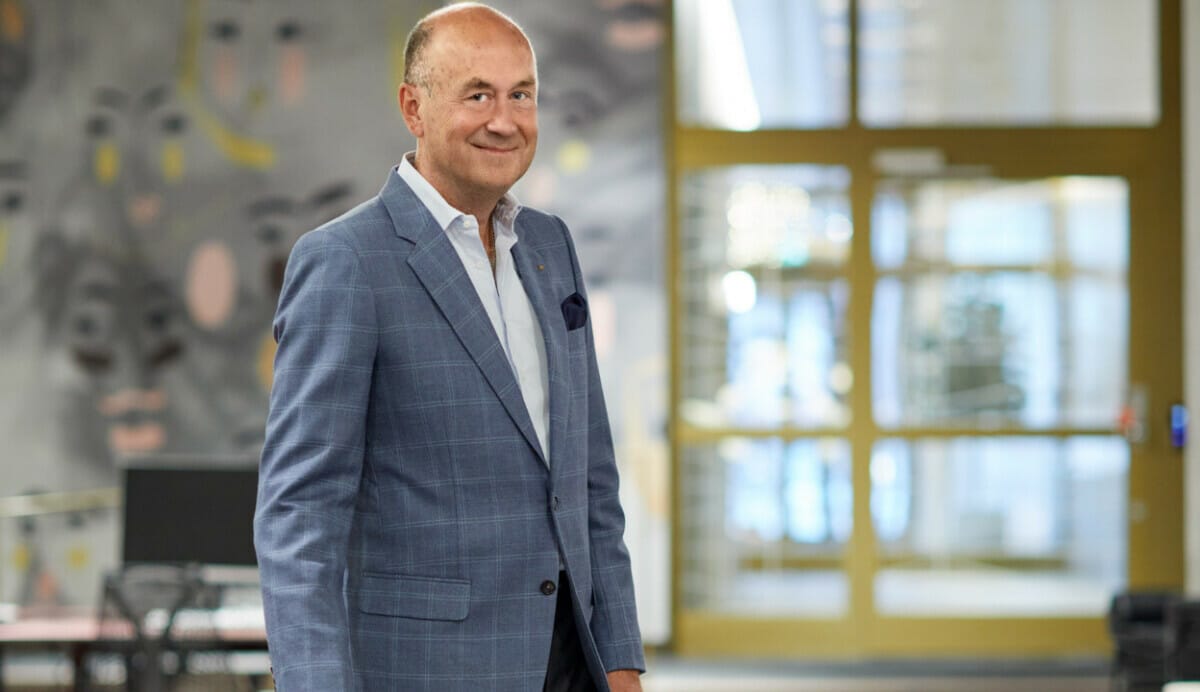Over the last three years, AP1, Sweden’s SEK 446 billion ($40.4 billion) buffer fund and one of five backing the income pension system, has only allocated to GPs investing in at least one of the 17 SDGs in its private equity portfolio.
Since 2021, around 15 per cent of the $2.9 billion private equity portfolio has been invested with 16 GPs with funds with sustainable strategies. “All new investments in the portfolio now align with our sustainability objectives,” says Jan Radberg who oversees the portfolio that he says will gradually increase. “Returns come first, but investments to date have done well and we are encouraged to continue.”
Progress isn’t uniform since the venture portion of the portfolio (around 15 per cent) is taking longer to develop, but in the buyout space he sees good progress in terms of revenue growth and profit. “We haven’t seen too many exits yet, but it’s coming.”
The SDGs smaller investable universe leaves AP1 navigating a market segment with less opportunity or proven managers. “Managers haven’t been working in the sustainability space for as long as in traditional private equity,” he says. It would make deployment for a large LP with regular pacing challenging, but the strategy fits nicely with AP1’s small, 7 per cent allocation to the asset class.
“[Investing in the SDGs] can be easier for smaller or medium sized LPs with less capital to deploy. However, we can see that the investible universe is growing as many traditional private equity managers are redefining their strategies or adding new business lines at the same time as newer entrants are getting more experience.”
Adding value through ESG
More managers could also move into the space given the returns available for private equity investors that add value by integrating ESG. Especially since private equity investors are feeling the impact of higher interest rates and a tougher business cycle, as well as geopolitical uncertainty.
With the caveat that some businesses are more suited to ESG improvements than others – and it is more difficult to add value in venture – Radberg says GPs are increasingly seeing value from improving sustainability in a company when they exit. “We often see GPs buy small companies that haven’t integrated ESG, and then using ESG improvement as a tool to increase the value in the underlying company.”
Investing in line with the SDGs also reveals important trends in climate opportunities in private equity – they are surprisingly hard to find.
Although AP1 aims to create diversification by investing in as many SDGs as possible, around half of the total allocation to the SDGs currently sits in healthcare (SDG 3: Good Health and Wellbeing). “It is more difficult to find investment opportunities around some of the goals,” he says.
After healthcare, AP1 invest most in climate-related SDGs where Radberg would like to allocate much more. Although opportunities abound in climate infrastructure like solar and wind farms, or sustainable real estate, he says it is difficult to find private equity opportunities in the energy transition space that are pure private equity plays. “Infrastructure is normally longer-term, lower yielding assets compared to private equity, and those kind of assets are not included in our private equity mandate.”
However, he says opportunities in the decarbonization vertical are starting to emerge. “Decarbonization is an interesting space, and we will increase our exposure here over time.”
AP1’s SDG lens has slightly adjusted its regional focus away from the US to more GPs in Europe where LP demand for sustainable investment is stronger. The wider private equity portfolio is split between America (60 per cent) Europe (30 per cent) with the remainder in emerging markets while venture and growth account for around 15 per cent each with the remaining 70 per cent of the allocation in buyouts.
Still, he notes that the number of US managers experienced in the sustainable venture space supersedes other regions, and America has more opportunities in decarbonbisation than other areas. Moreover the supply of investable projects in clean, renewable energy is sure to expand off the back of the climate incentives in the 2022 US Inflation Reduction Act.
He also believes that the number of managers targeting SDGs and impact will could grow if more LPs focus on intentionality. He expects progress in the space to manifest around new KPI beyond just carbon emission targets indicative of the different ways investors can contribute to a a more sustainable world.
Radberg concludes that finding venture capital GPs experienced in sustainable investment is most difficult. “It is sometimes difficult for us to determine what the venture managers are going to invest in and how sustainable these investments will be.” AP1 has a rule of thumb that at least 70 per cent of the investments in a fund must align with its chosen SDG.
“We have to be a bit opportunistic and pragmatic to not limit ourselves too much as we are looking for returns as well. It’s a difficult balance.”
He is also concerned that venture could be hit hardest in a tougher environment ahead. If investors start to see less capital coming back from GPs it will impact their ability to commit to new funds. Some of these companies wont be able to raise money again and will have to restructure or close down, he concludes.



